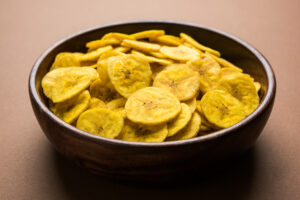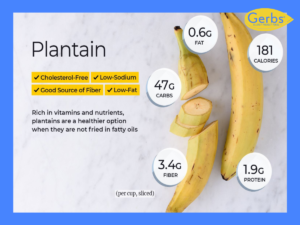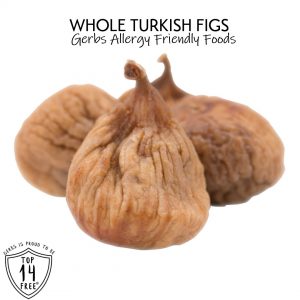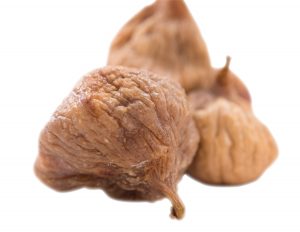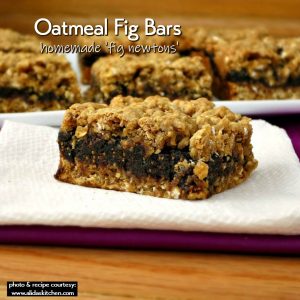When we talk about superfoods, the usual suspects often take center stage: kale, quinoa, chia seeds, and goji berries. But there’s one nutrient-dense powerhouse that’s been quietly sitting in your pantry or supermarket aisle, often overlooked despite its incredible health benefits—dried blueberries.
Yes, those tiny, chewy, deep-blue gems are more than just a tasty snack. Packed with antioxidants, fiber, and vital nutrients, dried blueberries offer concentrated health benefits that make them deserving of a place in your daily diet. Whether you’re aiming to boost your immunity, support brain health, or simply find a nutritious alternative to processed snacks, dried blueberries might just be your new best friend.
What Makes Dried Blueberries a “Superfood”?
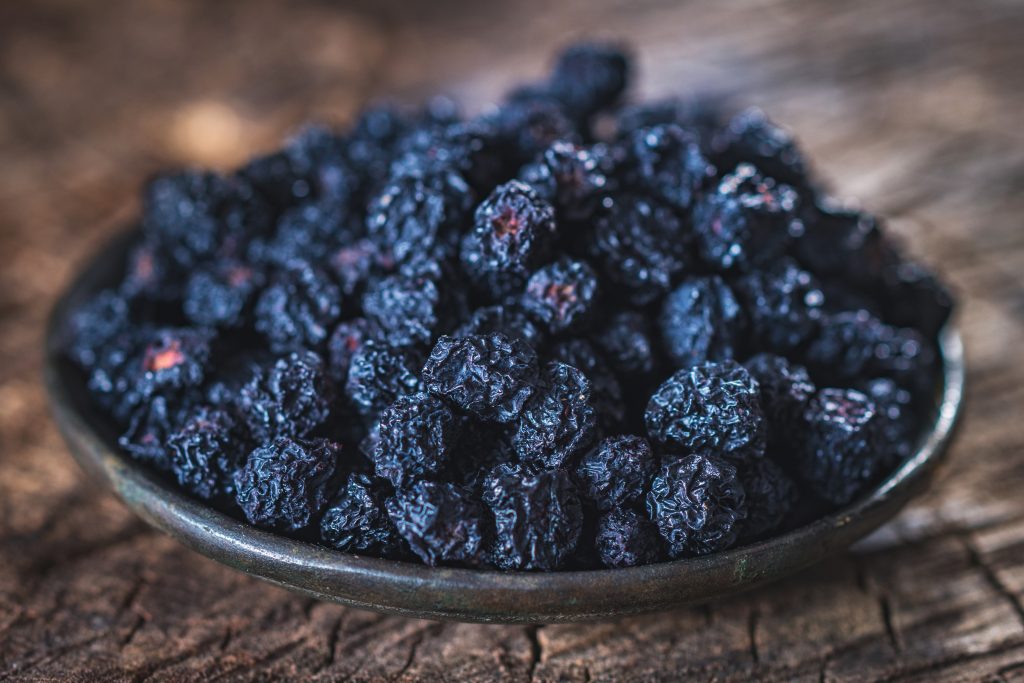
Aronia dry berries
The term superfood isn’t just a marketing buzzword—it’s a label reserved for foods that offer high levels of nutrients relative to their calories and deliver health benefits beyond basic nutrition. Dried blueberries check all the boxes:
- Antioxidant-rich
- High in fiber
- Packed with vitamins
- Low in fat and cholesterol
- Naturally sweet, without added sugars (if unsweetened)
Unlike many processed snacks or sugary treats, a handful of dried blueberries can provide a natural energy boost along with long-term health perks.
 Nutritional Profile: What’s Inside Dried Blueberries?
Nutritional Profile: What’s Inside Dried Blueberries?
Dried blueberries are essentially fresh blueberries with most of the water content removed. This process concentrates their nutrients, making each bite even more powerful.
Here’s what a 1 OZ (28g) of dried blueberries typically contains:
- Calories: ~50
- Fiber: 1 gram
- Carbohydrates: ~11 grams (mostly natural sugars)
- Vitamin C: Moderate (lower than fresh due to drying)
- Vitamin K: Present in small amounts
- Manganese: Supports metabolism and bone health
- Antioxidants: Especially anthocyanins, which give blueberries their blue color
It’s important to choose unsweetened or lightly sweetened dried blueberries to avoid unnecessary sugar intake. Always check the ingredient list for added sugars or preservatives.
 Health Benefits of Dried Blueberries
Health Benefits of Dried Blueberries
Potent Antioxidant Protection
Blueberries—fresh or dried—are among the most antioxidant-rich foods available. They contain anthocyanins, flavonoids, and polyphenols that help neutralize free radicals in the body. This antioxidant activity is linked to:
- Slower aging
- Reduced inflammation
- Lower risk of chronic diseases, including heart disease and cancer
Interestingly, some studies show that the drying process can increase the bioavailability of certain antioxidants, making dried blueberries an even more potent source in certain aspects.
Brain Health and Memory Support
Numerous studies have linked blueberry consumption with improved cognitive function. The antioxidants in blueberries can cross the blood-brain barrier and help protect brain cells from oxidative stress.
In particular, regular consumption of blueberries has been shown to enhance memory and slow mental decline in older adults. Dried blueberries make it easy to include this brain-boosting fruit in your diet year-round, even when fresh ones are out of season.
Heart Health and Cholesterol Control
Dried blueberries can play a role in supporting heart health. Their fiber content helps lower LDL (“bad”) cholesterol, while antioxidants support healthy blood vessels and reduce arterial stiffness, a key factor in high blood pressure.
Regular intake may also improve circulation and reduce the risk of blood clots, contributing to a healthier cardiovascular system overall.
Digestive Health and Gut Balance
The fiber in dried blueberries promotes healthy digestion and regular bowel movements, while also supporting beneficial gut bacteria. A balanced gut microbiome is linked to better nutrient absorption, stronger immunity, and even improved mood.
Polyphenols in blueberries act as prebiotics, feeding the good bacteria and helping to reduce gut inflammation.
Blood Sugar Regulation
Despite their natural sugar content, dried blueberries have a moderate glycemic index, especially when eaten in small portions and paired with protein or healthy fats (e.g., mixed with seeds or yogurt).
Their fiber helps slow sugar absorption, reducing blood sugar spikes. This makes dried blueberries a smart snack option for those managing insulin sensitivity or type 2 diabetes, provided they’re consumed mindfully.
Easy Ways to Add Dried Blueberries to Your Diet
The versatility of dried blueberries is one of their biggest strengths. They can easily be added to both sweet and savory dishes without much prep.
Here are some simple ideas:
- Add to oatmeal or yogurt for a naturally sweet and fiber-rich breakfast
- Mix into trail mix with seeds, and dark chocolate
- Sprinkle over salads for a burst of flavor and antioxidants
- Blend into smoothies (soak in warm water for a few minutes to soften)
- Incorporate into baked goods like muffins, pancakes, or granola bars
- Use in sauces or chutneys to complement meats or cheese platters
And of course, they make an excellent on-the-go snack all by themselves.
What to Look for When Buying Dried Blueberries
Not all dried blueberries are created equal. Some are heavily sweetened or coated in oils and preservatives that reduce their health value. Here’s what to look for:
- Unsweetened or lightly sweetened (preferably with natural juice, not refined sugar)
- No added oils or preservatives
- Organic if possible, to avoid pesticide residue
- Sun-dried or low-heat dried, as high-heat processing can destroy nutrients
Also, check the ingredient list—it should ideally just say: blueberries.
Are There Any Downsides?
Like all dried fruits, portion control matters. Because the water is removed, it’s easy to eat more than a serving without realizing it. This can lead to higher calorie and sugar intake if you’re not mindful.
Stick to a small handful (about ¼ cup) per serving, and pair them with protein or healthy fat to help slow down digestion and boost satiety.
Final Thoughts
In a world full of flashy new health trends, it’s easy to overlook simple, time-tested superfoods like dried blueberries. But don’t let their humble appearance fool you—these little berries pack a serious nutritional punch.
Whether you’re looking to improve your brain health, fight off oxidative stress, or just find a better snacking option, dried blueberries are a delicious and convenient way to nourish your body.
So the next time you’re scanning the health food aisle, give dried blueberries the attention they deserve. They might just be the small change that makes abig difference in your journey toward better health.

 Nutritional Profile: What’s Inside Dried Blueberries?
Nutritional Profile: What’s Inside Dried Blueberries? Health Benefits of Dried Blueberries
Health Benefits of Dried Blueberries
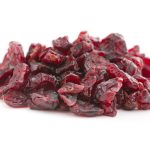












 Steady Energy Levels
Steady Energy Levels








 2. Weight Management
2. Weight Management 4. Sustained Energy Levels
4. Sustained Energy Levels 5. Reduced Risk of Chronic Diseases
5. Reduced Risk of Chronic Diseases Examples of Foods and Their Glycemic Index
Examples of Foods and Their Glycemic Index
 What Are Antioxidants?
What Are Antioxidants?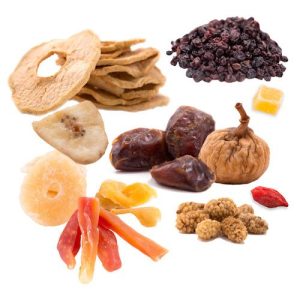







 Chia Seeds
Chia Seeds Flax Seeds
Flax Seeds Pumpkin Seeds
Pumpkin Seeds Sunflower Seeds
Sunflower Seeds Dried Apricots
Dried Apricots Dates
Dates Raisins
Raisins Goji Berries
Goji Berries Dark Chocolate
Dark Chocolate Trail Mix
Trail Mix Granola Bars
Granola Bars

